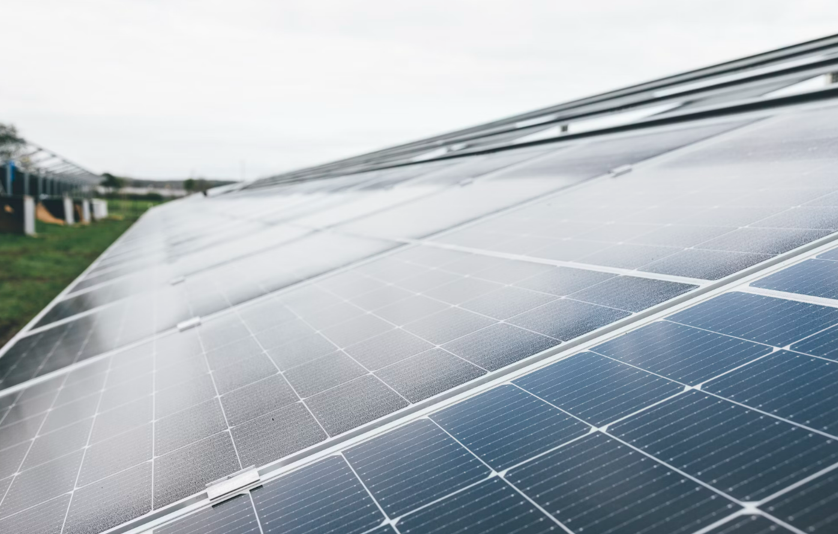Solar module manufacturing capacity in the US now exceeds 31 GW, a nearly four-fold increase since the IRA passed, according to the U.S. Solar Market Insight Q3 2024 report released by the Solar Energy Industries Association (SEIA) and Wood Mackenzie on September 9th.
Since the Inflation Reduction Act (IRA) became law in 2022, the US solar industry has added 75GW of new capacity to the grid in these two years, contributing over 36% of all solar installed capacity in US history. Nearly 1.5 million American homes have installed solar energy since the IRA passed.
The US solar industry installed 9.4 GW of new electric generation capacity in Q2 2024. The federal clean energy policies are accelerating the growth of solar manufacturing and installations. However, the solar industry in the US still faces many challenges.

Abigail Ross Hopper, President and CEO of SEIA, stated that the implementation of clean energy policies has stimulated the growth of the solar and energy storage industries in the US, bringing a large number of jobs to all 50 states and driving economic growth.
Texas continues to maintain its dominant position in the solar energy market, leading the country with 5.5 GW of solar capacity installed in H1 of 2024. In addition, the states closely watched in the November US election are all major solar manufacturing states, including Texas, Florida, Nevada, Ohio, and Arizona, all of which rank among the top 10 solar states in 2024.
Michelle Davis, Global Head of Solar Energy at Wood Mackenzie said that due to the growth of large-scale PV projects, the US solar industry performed well in Q2. But future solar growth is being hindered by broader power sector challenges—interconnection backlogs, electrical equipment shortages, and constraints on labor availability. The US presidential election has also brought uncertainty to the solar industry.
In Q2 2024, the US residential solar market continued to contract due to policy changes in California and high interest rates nationally. The sector added 1.1GW in the second quarter, the lowest quarter in nearly three years. However, the report predicts that the residential solar market will grow again in 2025 and is expected to set an annual record from 2026 to 2029.
Annual solar installations will grow at 4% on average over the next several years as the industry contends with previously mentioned challenges. By 2029, total US solar capacity is expected to double to 440 GW.


